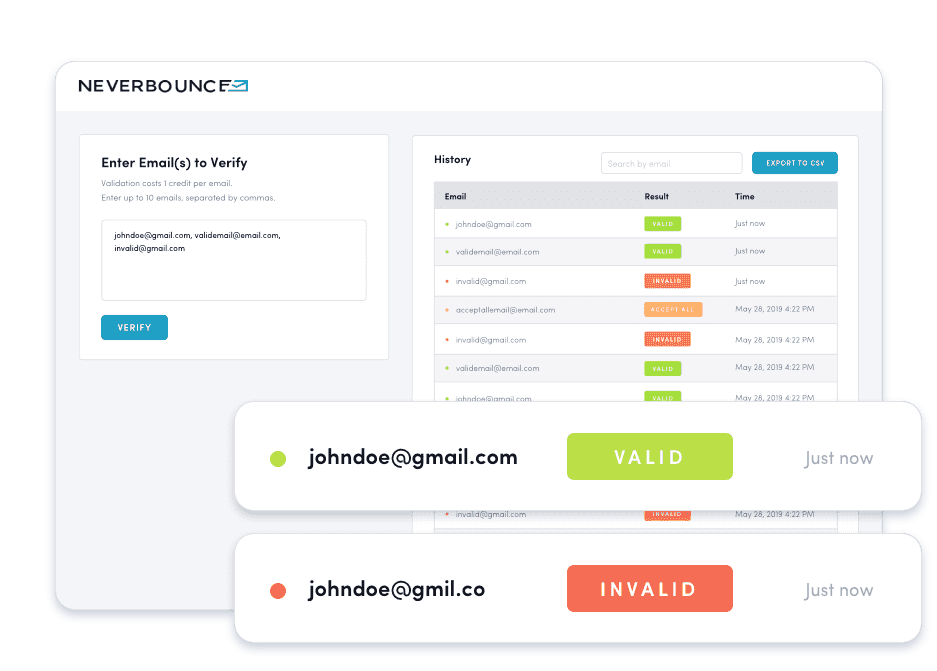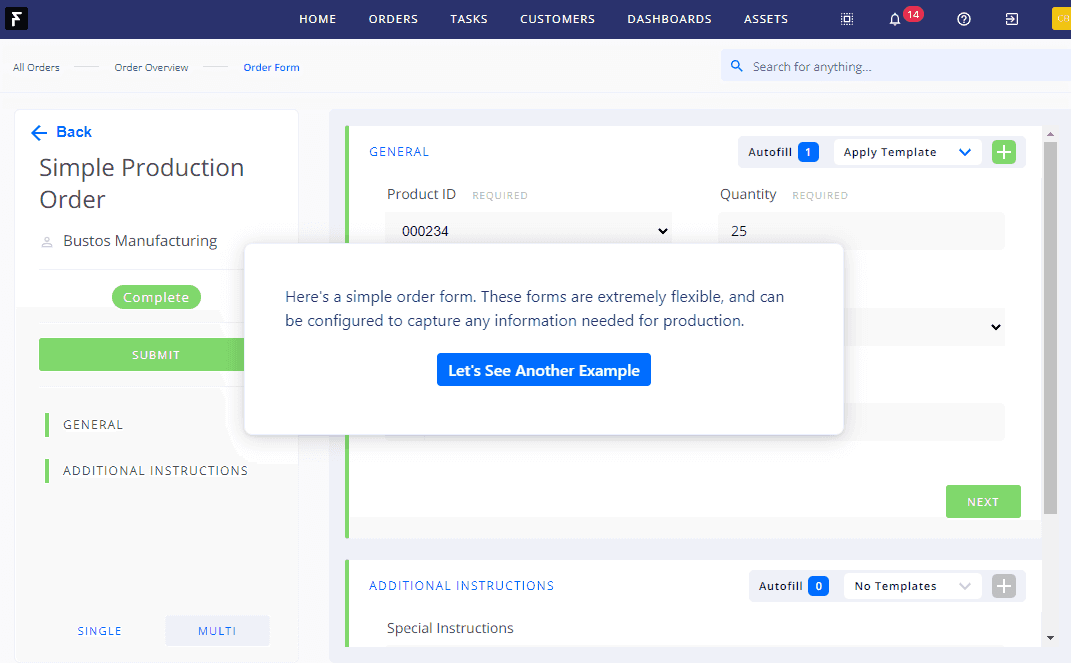Outbound Prospecting: 5 Modern Strategies From Industry Experts

CEO, Co-Founder
The average salesperson sends 36 emails per day.
While that may not sound like much, think for a moment about how many emails that translates to on the receiving end.
Many salespeople target the same person at the same company, meaning that buyers receive hundreds of emails per day about similar types of products. Most decision makers are so flooded with emails that impersonal cold pitches are mass-deleted out of frustration.
But the general sentiment towards outbound prospecting doesn’t have to be negative. The key to flipping that paradigm upside down is to put the buyer first.
In this piece, we’ll explain what traditional outbound prospecting is and its pitfalls, then outline five different prospecting techniques to catch and keep your leads’ attention.
What is outbound prospecting (and why it’s outdated)
Outbound prospecting, also known as “outbound sales,” is a strategy in which sales and marketing teams identify potential customers and find ways to introduce a company’s products or services to those leads.
Typically, outbound prospecting happens via cold calls or emails and has traditionally focused on volume. In theory, this makes sense: the more emails you send or calls you place, the more likely it is that at least some people will respond.
But this strategy has encouraged a quantity over quality approach, especially with companies turning to email automation software like Salesloft and Outreach to manage their outbound campaigns.
While these platforms certainly drive the quantity side of the equation, they result in a crowded inbox full of highly impersonal emails. And when decision makers don’t feel their specific needs are being addressed, they’ll unsubscribe, report, or even block emails.
Incessant calling doesn’t lead to great outcomes either. So ultimately, this outdated approach to the top of funnel experience hurts companies’ reputations and bottom lines.
5 modern prospecting strategies
Luckily, there are ways to stand out from the crowd. Below, we share five insights from SaaS sales and marketing experts to serve as inspiration.
1. Optimize for opens
Email systems are getting pretty savvy about which emails to filter in or out. And most of the time, cold sales emails get caught in spam filters, failing to reach your ideal prospects.
Here are some tips to improve deliverability rates:
- Rethink how many emails you send daily. Spamming your ICPs is far less effective than sending just a few customized emails to the highest priority accounts.
- Use enticing subject lines
- Limit the number of links you use in your emails
- Avoid salesy phrases like “free” or “discount”
- Consider resegmenting your email list. Prospects can move from one stage of the buying journey to the next quicker than you might expect, so take time to reassess where they are and how they might want to be marketed to.
Lastly, regularly clean your email list by removing inactive and unengaged users who will likely delete or ignore your emails anyway.

Tools like Neverbounce (above) or Zerobounce are especially effective at this, zeroing in on the contacts that are out of date in real time and in bulk.
2. Give hands-on prospect product access
Prospects want to see一not just believe一that your product works. According to TrustRadius, almost 100% of buyers want self serve as part of the buying process. And most of all, they don’t want to go through the hassle of scheduling a standard sales demo.
These days, prospects want to be hands-on with your product as early as possible in the sales lifecycle. Many companies design free trials or freemium programs to allow prospects to get their feet wet and envision how their product will fit into their everyday work.
But these free versions of your product don’t always highlight the very best features and may be difficult to set up and see value. Interactive demos are a great happy medium, giving your prospects access to your product while guiding them to the most valuable parts of your platform.
Xometry, a leading manufacturing execution system, experienced this first-hand.
Creating new instances of Xometry for prospects to experiment with was a time-consuming and expensive process. Building an interactive demo made sharing relevant materials and emphasizing new features a much more scalable and effective process.

Using the interactive demo in outbound emails has brought in prospects that are far more qualified than leads from other channels.
In fact, the Xometry team says, “the leads we get through Navattic have been the best performing leads that we have.” They also mentioned that the sales process for these leads was about half the length of a typical cycle.
Getting your product in front of potential customers gives them a better understanding and makes future sales calls more efficient.
3. Send super personalized gifts
Gifting can be a unique way to pique a prospect’s interest, but not just any gift will do.
Too many companies are spending time and money sending generic gift cards that don’t stick out in prospects’ minds. While a free coffee may be nice, another Starbucks gift card won’t spark any conversions.
As an ABM and Field Marketing Manager at 6sense said, “We [should] know enough about our buyers and customers to deliver a compelling, relevant experience when we offer a gift.”
And turns out delivering a fantastic experience pays off一6sense saw a 537% ROI by leveraging expertly personalized gifting.
Do some research about the decision maker you’re targeting and send a gift that matches their unique needs, interests, or even work milestones like IPOs or anniversaries.
Even if you don’t quite hit the nail on the head, the best personalized gifting platforms allow prospects to trade in their gifts for something else they like more. Others, like Alyce, even let prospects convert their gifts to charitable donations.
Being smart about how you gift can leave an outstanding impression that encourages prospects to continue engaging with your content and complete the next steps in the sales process.
4. Build a relationship instead of just going for the sale
Being salesy off the bat usually produces a lot of blowback. Most B2B buyers aren’t ready to buy something right away, and diving headfirst into sales mode is a great way to get ignored.
However, many B2B buyers are interested in sharing their opinions. Asking for help can be a fantastic way to build a relationship with potential prospects and showcase your product simultaneously.
This is an especially good technique if you are a brand new startup or are launching a new product or feature.
Jed Mahrle, Head of Outbound Sales at Mailshake, used this very strategy to get three demo calls in one day.
He simply asked 50 targeted prospects what it would take to get them to switch from a competitor platform to Mailshake.

12 people responded, and 3 of them even offered to hop on a video call to provide more in-depth feedback. Even if those three people didn’t end up converting, they offered suggestions that informed future value props, emails, and call pitches, and Mailshake would always be a product in the back of their minds.
So find Slack groups and founder-focused organizations whose members might be your ideal customer, share your product and pitch, and be open to their commentary.
5. Focus on quality calls, not quantity
Contrary to popular belief, cold calling is not only art, but science also. It doesn’t matter how many outbound calls SDRs place in a day if they aren’t directly connecting with a prospects’ wants and needs.
These days, connect rates are so abysmal that many SDRs are only hitting a connect rate of 1 in 20. In other words, for every 100 dials, SDRs get 5 conversions.
Matt Arid, CEO of sales-as-a-service provider, Sales Science, explains that much of the issues with outbound prospecting come from a lack of productive conversations.
“There are two reasons that outbound doesn’t work, either you’re not generating enough conversations (typically the issue we see), or not enough conversations are converting to next steps. You need to solve the problems in the right order. Solve for conversations first, and conversion second.”
So Sales Science takes a data-driven approach to outbound prospecting to ensure reps make the best possible use of their time. Figuring out which prospects will pick up the phone and what they are likely to resonate with in a pitch enables SDRs and reps to close more deals in less time.
To start, they break down the numbers, understanding how many dials need to happen to have a substantial conversation and how many of those conversations need to happen before closing an opportunity. From there, they can calculate how many opportunities they need to close to hit their KPIs.
By focusing on high-quality conversation inputs, Sales Science clients can achieve their desired outputs.
Modern outbound prospecting isn’t boring or rote. Hyperpersonalized, relationship-building interactions that highlight your product’s best use cases will win out over generic campaigns every time.
Check out these other blog posts to learn how to keep product top of mind while building deeper sales relationships: